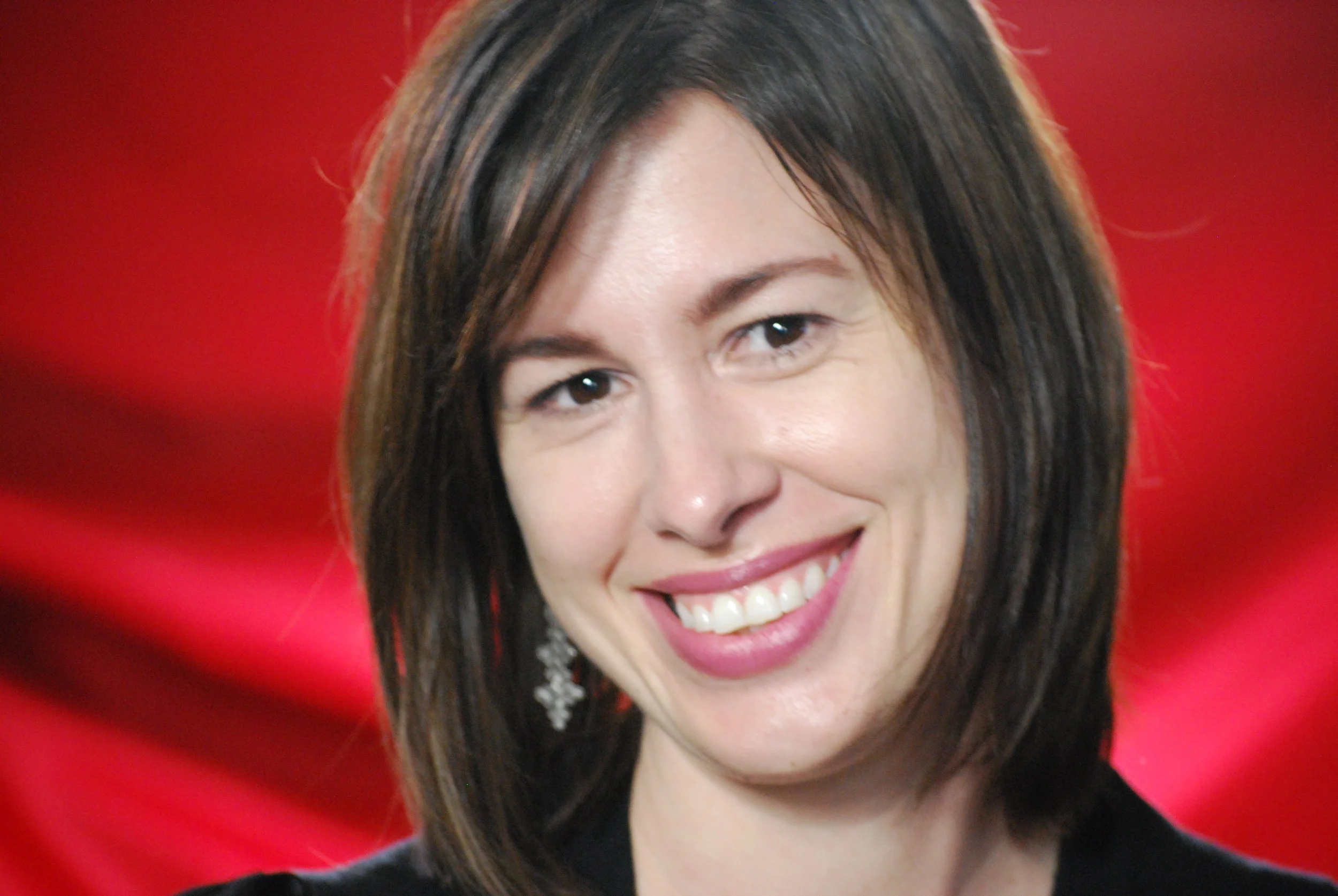Feeling Out-of-Date? You’re Not Alone: The Changing Landscape of Modern Publishing
Erin Brown
It can get confusing out there in Publishing Land – so many options, so little time – unless, of course, your compelling novel is about some Girl/Wife/Woman that is Gone/Alone/Lost; a book that is easily marketed within an established, profitable niche by a large, successful, traditional publishing house. But if this does not describe your project – or heck, if it does, but you want to keep all of your spoils and you’re incredibly good at establishing your own marketing, publicity, and a large audience – then you might want to know your options when it comes to publishing. What’s the difference anyway between the Big Five publishers, mid-size and large publishers, and small presses? And stop those same presses: what’s the difference between those and self-publishing? Most importantly, what’s the best option for you?
A bit of background: the Big Five publishing houses are HarperCollins, Simon & Schuster, Hachette, Macmillan, and Penguin/Random House – all based in New York City. Many authors have the goal of being published by one of these five houses, and it’s a fine aspiration; after all, they have money, distribution, power, and prestige. That means you’ll earn a higher advance, get into the big bookstores, have a better chance of reviews, acquire a large print run, and have experienced marketing, art, sales, and publicity teams working for you. Pretty sweet deal, huh? And all you have to do is write an engaging enough book (usually with mainstream appeal) to catch a top-notch agent’s eye, and then get those houses into a bidding war over your groundbreaking tome. Easy peasy! However, on the downside, you might get lost on the huge list of a giant publisher and your publishing pairing might seem less of a supportive, two-way partnership than a mega, hands-off business transaction.
That said, large and mid-size houses are nothing to sneer at either. Companies that are a bit smaller, including such luminaries as Scholastic, Wiley & Sons, Kensington, or Houghton Mifflin Harcourt can give you an amazing experience as an author and offer most of the advantages of the Big Five, except they may give smaller advances and royalties. Note: many university presses also fall under this category, which are still strong options, but be aware that they usually pay small advances and offer limited print runs, mainly centering on academic markets and libraries. And the university presses force you to wear elbow-patch suit jackets to all book signings and hang with the football team mascot afterwards. I’m kidding, of course (or am I?).
Then you have the small presses. This can be a tough category to define because it includes not only well-known traditional presses that have smaller bankrolls and lists, but also can consist of any tiny press with no track record. However, these smaller houses can be advantageous for an author in that they often accept submissions that are unagented and the entire process can be much more intimate and collaborative between the author and publisher. Also, for an established press, the creativity and knowledge of their marketing, art, and publicity teams can rival those of bigger houses, giving you a lot of bang for your buck. And if they’re a reputable press, the reviews and sales will follow.
On the flip side, especially nowadays, many authors are choosing to self-publish, and not just because it’s a last option when no traditional presses will touch them (which, honestly, used to be the case just ten or fifteen years ago). Obviously, you’ll have to pay out of pocket for the right people and services to edit, design, publish, and distribute your book. But there’s a lot to be said for managing the publishing process all by yourself – and you get to reap the rewards. All of the money earned goes into your greedy little hands! There’s no advance to pay off, no royalties to split, no agent to pay. You are in complete control, creatively and business-wise. Of course, this also means that you’re in complete control, and you could find out you really suck at that. Let’s face it: if you don’t put enough money or energy into the process – whether it’s promotion or design – much less if you’re not experienced enough to make strong and effective decisions, self-publishing could be a disaster waiting to happen.
Staying positive though, there are many legitimate channels that can help you along the way: ebook retailers such as Amazon KDP, Apple iBookstore, and Nook Press. Print on-demand (POD) options also make it feasible to print and sell hard copies of your books, so check out sites such as (again) Amazon KDP or IngramSpark and get thee a PDF file! If your goal is to sell a lot of books over time, and you’re willing to put in the long-term effort, self-publishing just might be your answer.
All in all, there are now many different options – not just the Big Five – to give your book a shot at success. And for every “OMG, I got a huge advance, stellar reviews, and am booked on the Today Show!” there’s an author who is pocketing all of her cash after self-publishing, slow and steady, using her smarts and creativity – doing it her way every step of the way. So, before you decide which route to take based on what you think you know, explore all of your options, especially now, when there are so many varied and viable ones.
Erin Brown worked as an editor for almost a decade at two major New York publishing houses, William Morrow, a division of HarperCollins, and Thomas Dunne Books, a division of St. Martin’s Press. She’s had her dream job for ten years now, as a freelance editor working directly with writers in order to improve their work (and hopefully find representation and publication!). You can contact her at www.erinedits.com. You can also email her directly at: erin@erinedits.com.

